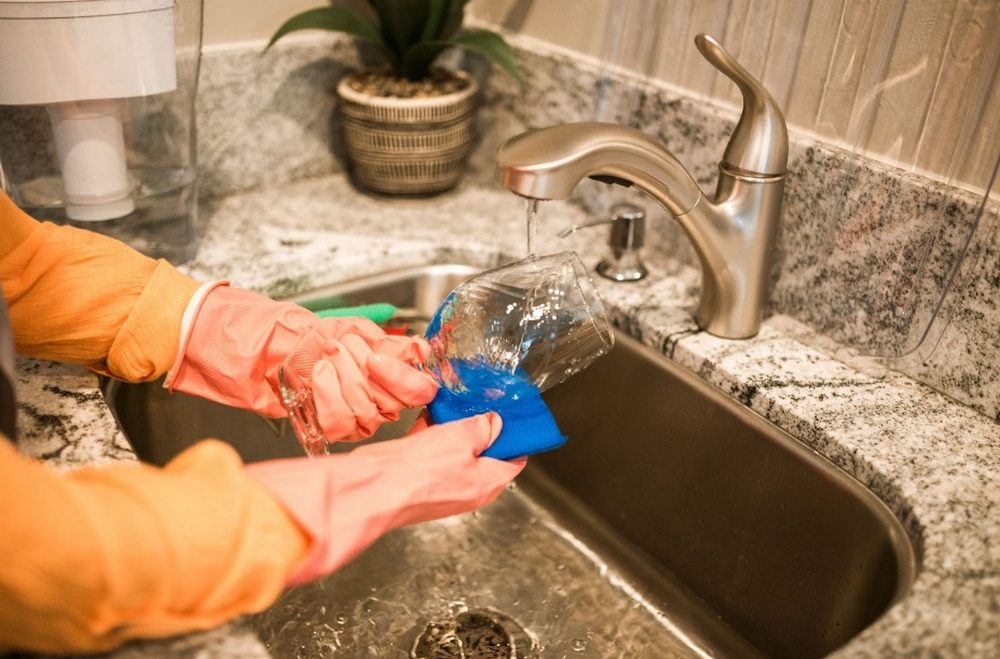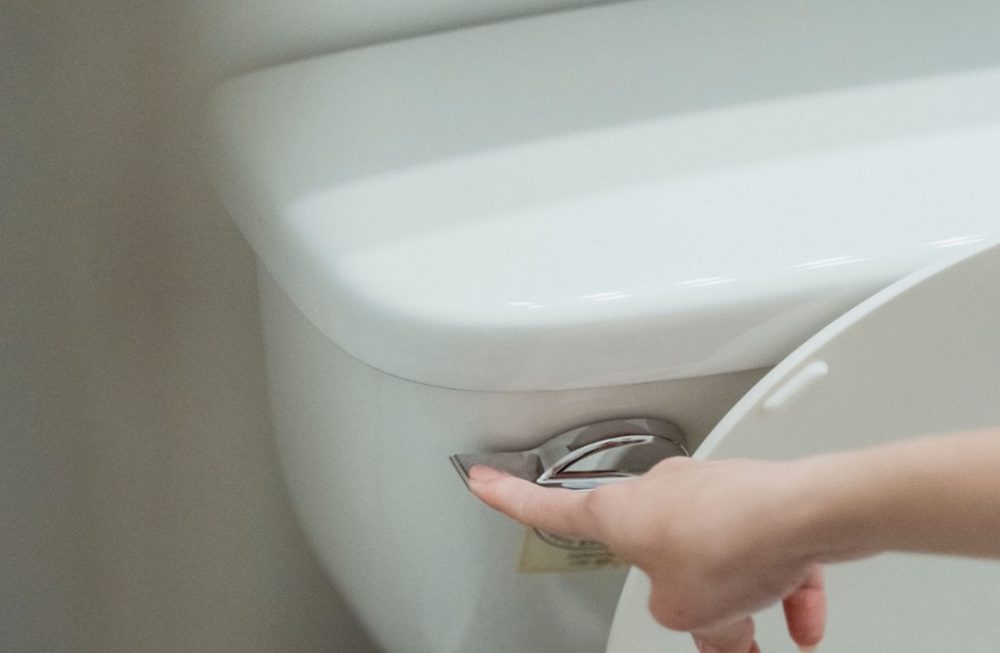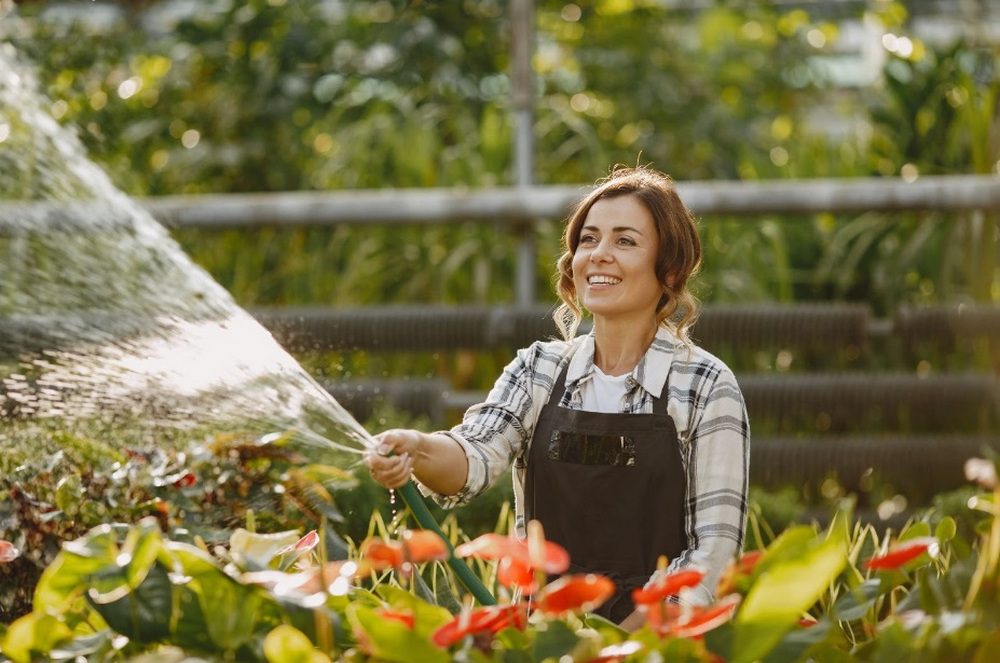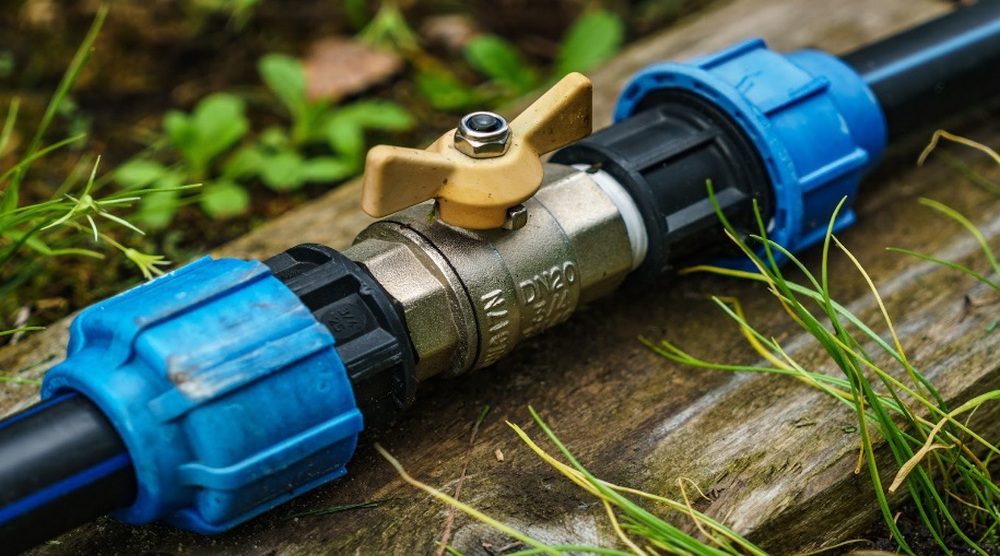Last Updated on October 30, 2025 by teamobn
Water is a precious resource that is becoming increasingly scarce in many parts of the world. By creating a water-efficient home, you contribute to the conservation and responsible use of this valuable resource, helping to alleviate the strain on water supplies and promote long-term sustainability.
Within this informative guide, you will discover a wealth of valuable strategies, insights, and considerations to assist you in designing a water-efficient home that champions the ideals of water conservation and sustainability.
By implementing these key principles, you will not only contribute to the responsible management of water resources but also create a living space that is both environmentally conscious and economically advantageous.
Contents
- 1 Innovative Approaches to Designing a Water-Efficient Home Design
- 1.1 1. Install Efficient Plumbing Fixtures
- 1.2 2. Opt for Water-Efficient Appliances
- 1.3 3. Integrate Rainwater or Well Water Harvesting
- 1.4 4. Integrate Native and Drought-Tolerant Landscaping
- 1.5 5. Implement Greywater Recycling
- 1.6 6. Incorporate Routine Leak Inspections and Repairs
- 1.7 7. Add Water-Efficient Design Features
- 2 Sustainable Oasis: Creating a Water-Efficient Home
Innovative Approaches to Designing a Water-Efficient Home Design
In an era where water scarcity and conservation have become paramount, designing a water-efficient home is not only a practical choice but also a powerful statement of environmental stewardship.
A water-efficient home design goes beyond mere aesthetics; it encompasses a holistic approach that embraces efficient water management systems, sustainable practices, and mindful consumption.
Now, delve into the process of creating a water-efficient home design. Explore the steps and techniques to help you achieve this goal.
1. Install Efficient Plumbing Fixtures
Incorporate high-efficiency plumbing fixtures, such as low-flow toilets, aerated faucets, and water-saving showerheads. These fixtures reduce water usage without compromising performance, allowing you to conserve water without sacrificing comfort or convenience.
By installing these high-efficiency plumbing fixtures, you can significantly reduce your household’s water consumption. This not only contributes to water conservation efforts but also helps lower water bills and promotes a sustainable lifestyle in your water-efficient home.
2. Opt for Water-Efficient Appliances
Choose energy-efficient appliances that also feature water-saving functionalities. Opt for dishwashers and washing machines with high-efficiency ratings and water-efficient settings.
Energy-efficient dishwashers are designed to use less water during each cycle while ensuring thorough cleaning of your dishes. These appliances incorporate advanced technology, such as sensors and efficient spray systems, to optimize water usage without sacrificing the cleanliness of your dishes.
Similarly, high-efficiency washing machines are equipped with innovative features that minimize water usage without compromising their cleaning power. These machines utilize various techniques, such as improved drum design, water level sensors, and advanced wash cycles, to deliver excellent cleaning performance while conserving water.
These appliances use less water while still maintaining optimal performance, effectively reducing your water consumption.
3. Integrate Rainwater or Well Water Harvesting
In your pursuit of a water-efficient home, one of the most effective strategies is to integrate rainwater or well water harvesting into your design. This innovative approach allows you to harness the power of nature’s gift, capturing and utilizing rainwater or well water for various non-potable purposes within your household.
Rainwater harvesting involves the collection and storage of rainwater from rooftops, gutters, and other surfaces. By installing a well-designed rainwater harvesting system, you can capture this valuable resource and make use of it for activities such as watering your garden, cleaning outdoor spaces, or even supplying water to toilets and washing machines.
Incorporate rainwater into your water supply to reduce the strain on municipal water sources and contribute to the overall conservation of water.
If you have access to a well on your property, well water harvesting is a viable option. Well water is naturally occurring groundwater that can be extracted and utilized for various purposes, reducing reliance on external water sources.
By integrating well water solutions into your setup, you harness the potential of this subterranean resource, enabling its utilization for various non-potable purposes such as irrigation, household tasks, and other water-related needs.
Consulting with professionals experienced in rainwater or well water harvesting will help you design and implement an efficient system tailored to your specific needs.
4. Integrate Native and Drought-Tolerant Landscaping
Design your outdoor landscape with native plants and drought-tolerant vegetation. These plant species are adapted to the local climate, requiring less water for irrigation. Additionally, implement efficient irrigation methods such as drip irrigation or smart irrigation controllers that adjust watering schedules based on weather conditions and soil moisture levels.
By implementing these efficient irrigation methods, you can significantly reduce water consumption while maintaining the health and vitality of your plants and landscapes.
By using these approaches, you actively uphold water efficiency within your home, demonstrating responsible water usage. Moreover, by minimizing water wastage and ensuring plants receive appropriate moisture levels, you actively contribute to water conservation efforts, alleviating the burden on water resources and promoting their long-term sustainability.
Extra Tip: Seek the guidance of a professional landscape designer to enhance your project. Consider these 10 Tips for Choosing the Right Landscape Designer.
5. Implement Greywater Recycling
For a water-efficient home, one environmentally conscious choice is to incorporate a greywater recycling system. Greywater refers to water generated from sources like sinks, showers, and laundry machines, which can be reused for irrigation purposes.
By implementing a greywater recycling system, you can harness the potential of this water and reduce your reliance on fresh water for outdoor irrigation. The system collects greywater from designated sources within your home and treats it to remove impurities and contaminants.
Once treated, the recycled greywater can be safely reused for watering your landscape, including gardens, lawns, and plants.
6. Incorporate Routine Leak Inspections and Repairs
Regularly check for leaks in your home’s plumbing system. A small leak can waste a significant amount of water over time. Conduct routine inspections, and promptly repair any leaks to prevent unnecessary water loss.
You will not only conserve water but also protect your home from potential water damage and associated costs. This proactive approach contributes to the overall water efficiency of your home and reinforces your commitment to sustainable living.
Remember, every drop counts, and by taking these simple steps, you can make a significant difference in water conservation efforts.
7. Add Water-Efficient Design Features
Integrate water-conscious design elements into your home, including permeable paving, and efficient drainage systems. These thoughtful features actively encourage water infiltration, reduce runoff, and enhance water retention within your property.
Consult with professionals experienced in water-conscious design to ensure proper installation and optimal functionality of permeable paving and drainage systems. By incorporating these design elements into your home, you demonstrate your commitment to sustainability and contribute to a more water-efficient future.
Sustainable Oasis: Creating a Water-Efficient Home
Designing a water-efficient home involves careful planning and consideration of various strategies to conserve water.
By implementing efficient plumbing fixtures, water-saving appliances, rainwater harvesting systems, native landscaping, greywater recycling, and other water-conserving measures, you can significantly reduce water consumption while maintaining a comfortable and sustainable living environment.
When you embrace these practices, you not only contribute to environmental well-being but also experience the added advantage of reduced utility expenses. Additionally, your water-efficient home sets a positive example for the community, encouraging others to join the sustainable movement and paving the way for a more environmentally conscious future.
Are you ready to create your own water-efficient home?






